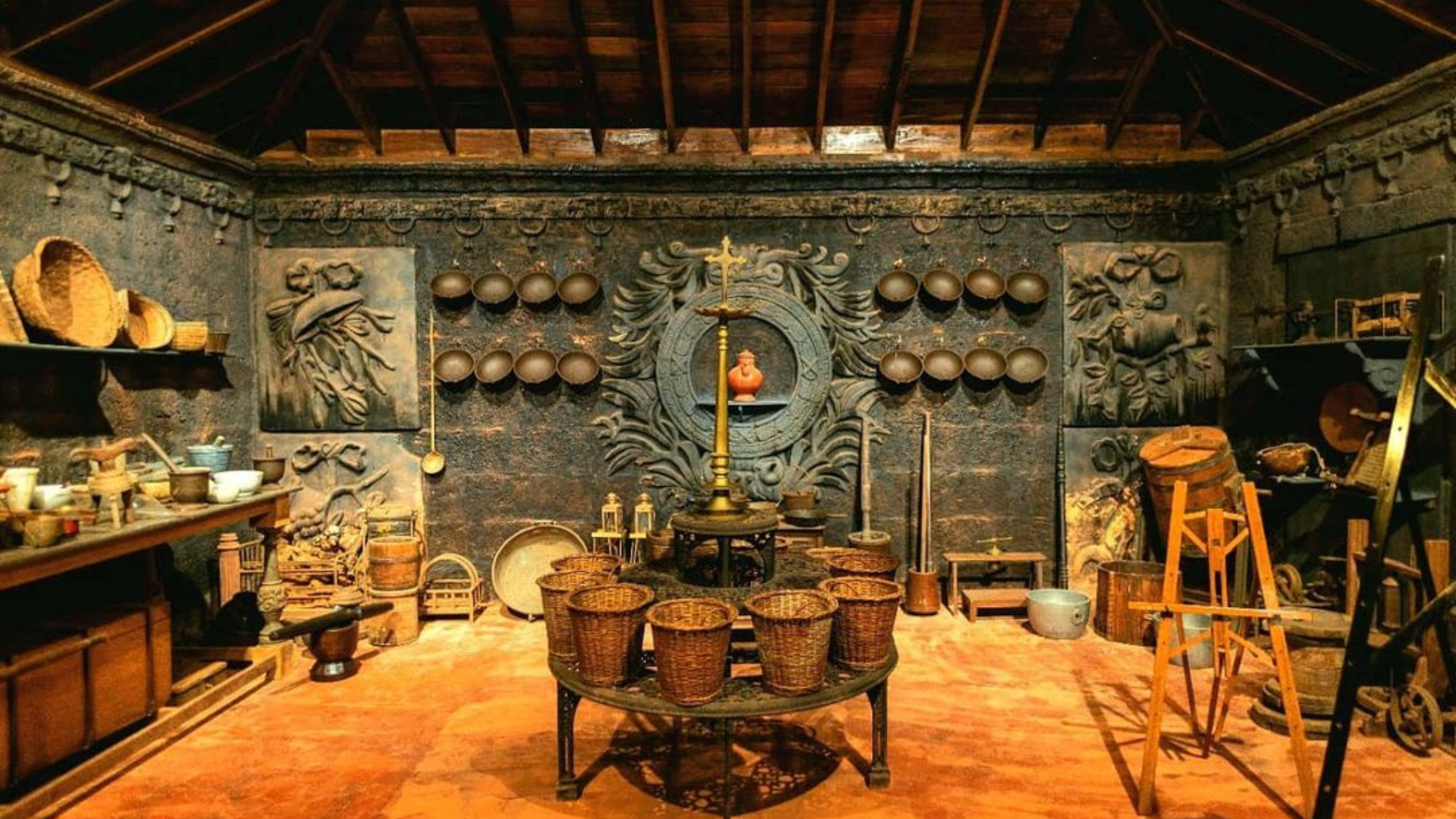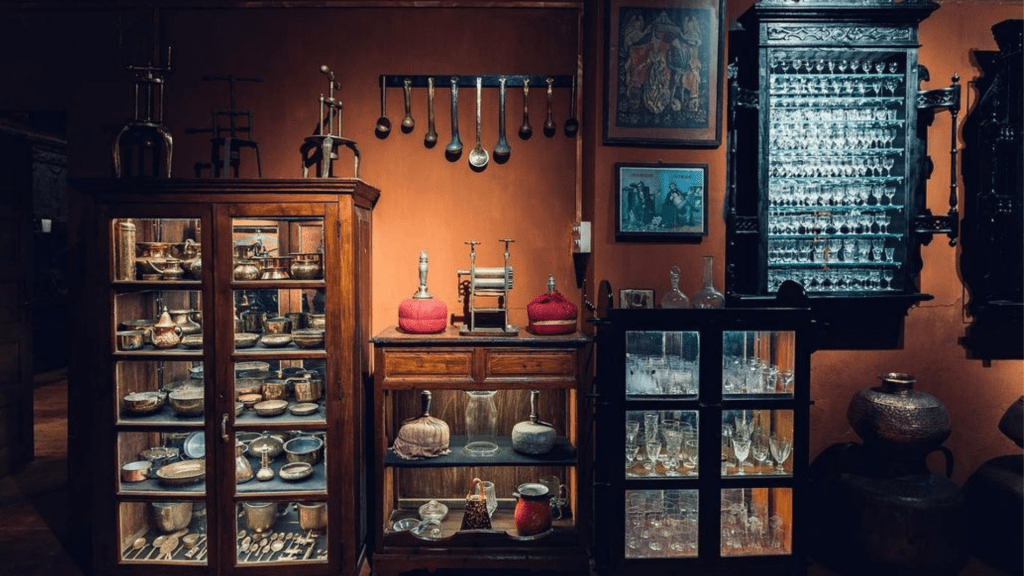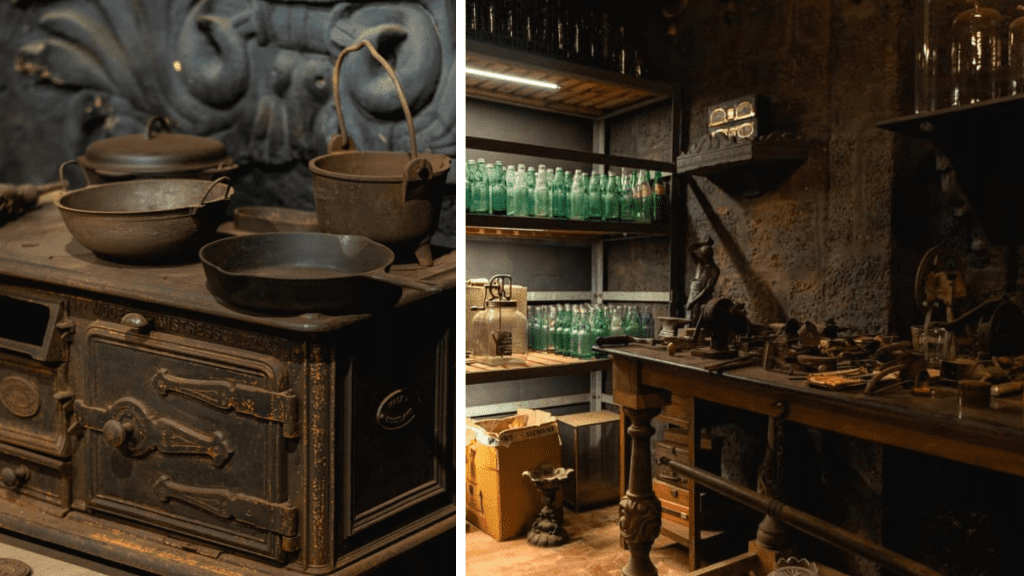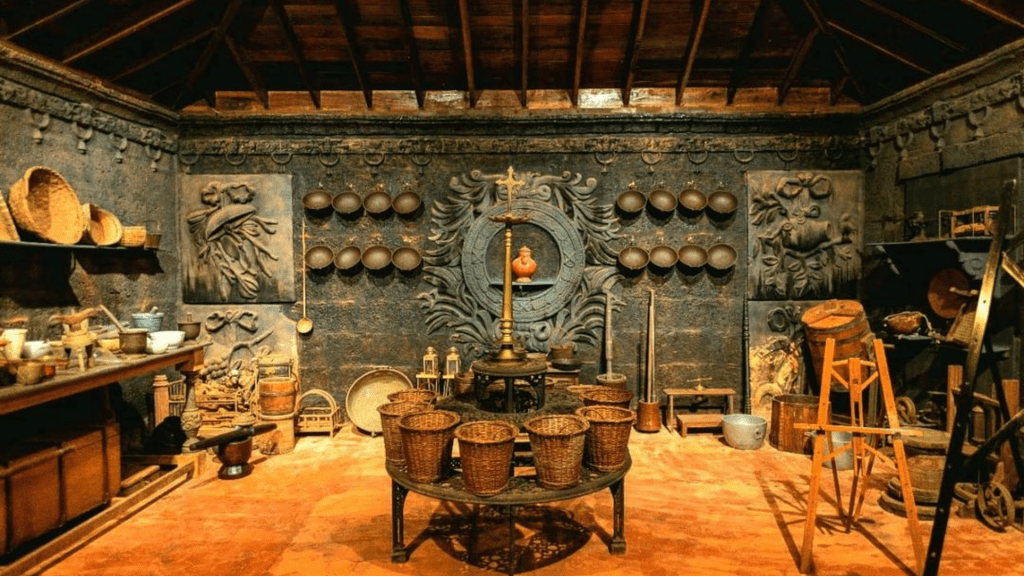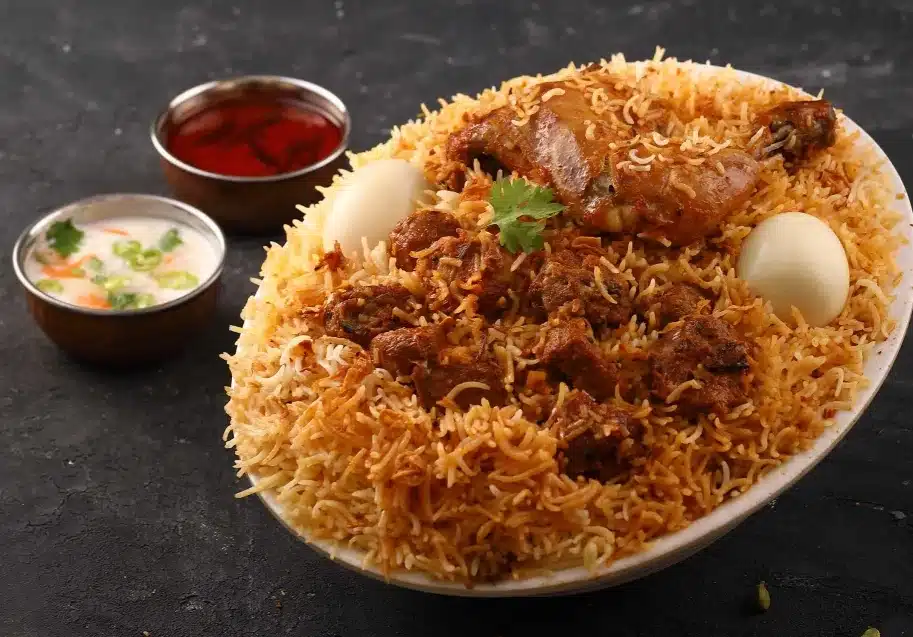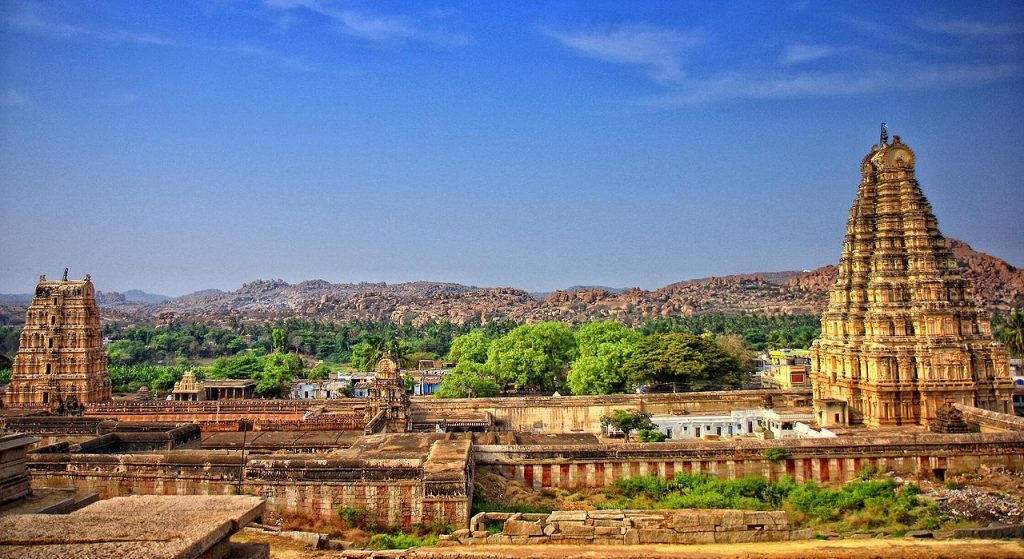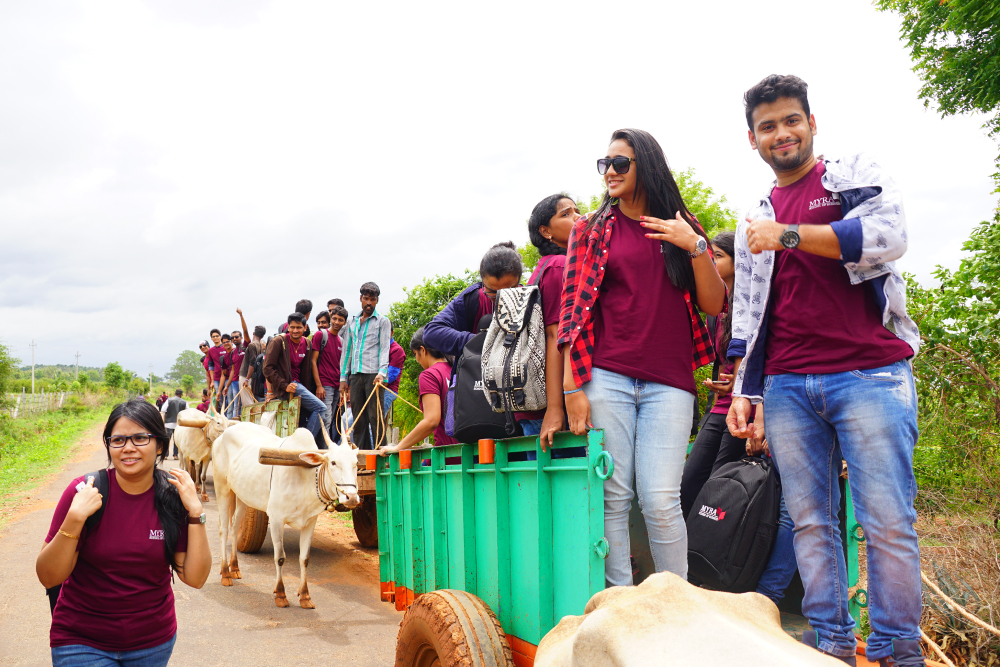Goa is known for its beautiful beaches, windy nights on cruises, seafood and its variety of alcohol. It certainly lives up to its fame and deserves to be on every road trip wish list with all that it has to offer with its rich history. The global influences from colonisers have seeped into Goa like tea leaves. This is depicted the most in the alcohol of the state. Goa today is known for its variety of alcohol and its cheap rates. It’s the hub for people to unwind over a long weekend. It’s the best place to enjoy the nightlife in some of the best pubs in India. If you’re a lover of alcoholic beverages or even a history enthusiast tired of going to the same mundane museums and wine tours. We have a recommendation that will surely help raise your ‘spirits’.
In the beach town of Candolim, nestled in a green corner, is India’s first alcohol museum. Goa is filled with museums of Portuguese families and famous Goan people. But this is the first museum in Goa and all over India based on a beverage. A place that would leave Dionysos himself starstruck. The All About Alcohol (AAA) Museum is a state of the art 5 room museum with exhibits dating back to the 1940s.
The museum is mainly focused on feni. Feni is the traditional local alcoholic drink of Goa that has been passed down through generations and has now gained popularity as the only drink to get a Global Geographical Indication. The story of feni in Goa is an interesting one.
The Lore of Feni
Long ago, the Portuguese came to Goa and brought with them many fruits and vegetables. One of them being Cashew. In a happy accident, it turned out that India was ideal for cashew plantations, and thus its farming started and spread through the land. The local Goans used the unwanted cashew apples that the Portuguese didn’t use to ferment and make them into feni. Since then, feni has become a staple of goans in get-togethers and every social occasion. But, no, celebration in Goa is complete without a bottle of the delicious local feni bubbling in flutes like liquid gold.
Feni is used in medicine, beverage, and cooking. The museum highlights the diversity in not just the manufacturing but also its use. Did you know that traditionally cashews were not plucked to make feni? Only the tree-ripened cashew apples, which fall on their own, were used. Although we’ve all seen pictures of people stomping on fruits to get juice in Europe, it’s interesting how cashew apples were pressed by crushing in India as well. Furthermore, people used earthen pots half submerged in the grounds to ferment this juice.
First, the cashew apples are stomped on in a pit called colmbi, and the resulting juice is called neero. This non-alcoholic juice is then put into large earthen pots half submerged in the ground called ‘kodem’, and the fermenting begins. Finally, the first and second distillates called Urrak and Cazulo are aged and turned into feni.
The Exhibits on the Property
Stepping into this museum transports you into another world. It lays bare the shrouded pages of history. It unravels the authentic processes behind alcohol-making dating back centuries. From glassware sourced from different parts of the world to the local feni preparation, this museum offers the most cohesive and broad understanding of alcohol which has never been seen before in India. It’s lovely to see the painstaking endeavour of the curator come to fruition in this museum.
Additionally, the rustic interiors take you back to centuries when alcohol manufacturing was done delicately and through a meticulous and well-thought-out process that men carried out with bare hands.
The museum has earthen pots preserved decades ago for you to view and understand their importance. Each exhibit here will tell you a story of its own. It’s unbelievable how much information they have condensed in this museum for the tourists to see.
The museum is also equipped with a functioning Goan pub offering unique cocktails made from feni. The floor-to-ceiling woodwork, the bar tables, and shelves, made from locally sourced wood and crafted by artisans, transport you back to a time when Goa flourished in its most beautiful glory. The museum depicts how feni has been an inseparable part of the social circles of Goa for centuries, from the preserved glass vats to the distilling equipment and glass bottles. This museum shows how deeply rooted this beverage is in the culture of Goa.
Read More: Indian Music Experience Museum – Tracing India’s Music History
The Genius Behind the Idea
The museum opened its door in August 2021 and started its journey of putting Goa on the world map for its unique feni and the rich history behind it. Nandan Kudchadkar, the owner of the place, aims to turn the masses’ perspective toward alcohol. You can hear the genuine drive and passion behind his words as he talks of his museum. The way France is known for champagne, he’s aiming for Goa to reach global fame for its cashew drink.
He explains how feni is not just an alcoholic indulgence; it’s an integral part of hospitality with a rich history, and this 13,000-square feet museum stands as proof of that.
Kudchadkar has been collecting for over 30 years. So, when many of the local population started moving out and selling their possessions in yard sales, he started collecting antique bar curios, cutlery and all kinds of paraphernalia.
The owner of the museum Nandan Kudchadkar is passionate about making feni a defining aspect of Goan culture. Feni has been declared the heritage drink of Goa by the government, and this only means more recognition and importance for this drink. A large chunk of businessman Nandan Kudchadkar’s collection is displayed. This includes chalices, record-breaking shot glasses, a sugarcane crusher, various types of glasses, a wooden shot dispenser, snifters, a mortar and pestle used to crush gin botanicals, water goblets, and more. Kudchadkar’s attempt to establish “the sole museum in the world dedicated to alcohol” is realised in this artfully made and curated museum.
A Museum that Gives you the Experience of a Lifetime
A walk with the personal guide provided here enlightens you about the centuries-old history and importance of the objects. The excellent commentary offered by the guide and the variety of displays make for a perfect tour of the place. Along with the engaging experience of actually trying the feni and its cocktails, is something you should not miss at any cost.
So, head to this museum in Goa to experience the city from a new and exciting perspective. Even if you’re not a drinker or a connoisseur of alcohol, this place is the best offbeat location in Goa. Its ideal for understanding the history and the hospitality of goans found in every drop of feni they make.
Best time to Visit the Museum
The museum stays open from 11 AM to 9 PM. The best time to visit the place is from November to February. The weather is pleasant, and the streets are dotted with tourists. Walking along the streets of Candolim is a treat during this time. With cute cafes and street shops surrounding the locality. Your trip to the museum will be complete with a brunch and a shopping spree in the windy weather. Furthermore, you can also visit the place during Christmas for a more carnival-like experience. However, you will face waiting times and a crowd during that time.
What are you waiting for? Add this quaint museum of spirits to your itinerary and have an intoxicating experience where history comes alive in a goblet of feni!
How To Reach –
By flight
Since, Candolim is 17km away from the Goa Airport. Therefore hiring a taxi from the airport is your best and fastest way to reach Candolim.
By Train
The nearest railway station is Vasco Da Gama, and you can easily take a public transport bus or a private taxi to Candolim.
By Road
The roads around Goa are scenic and worth exploring on a long drive. Hire a cab and explore Goa and this state-of-the-art alcohol museum here easily.
Last Updated on January 18, 2024 by
